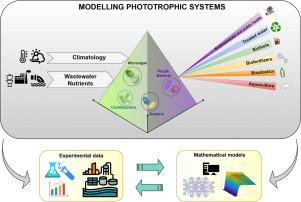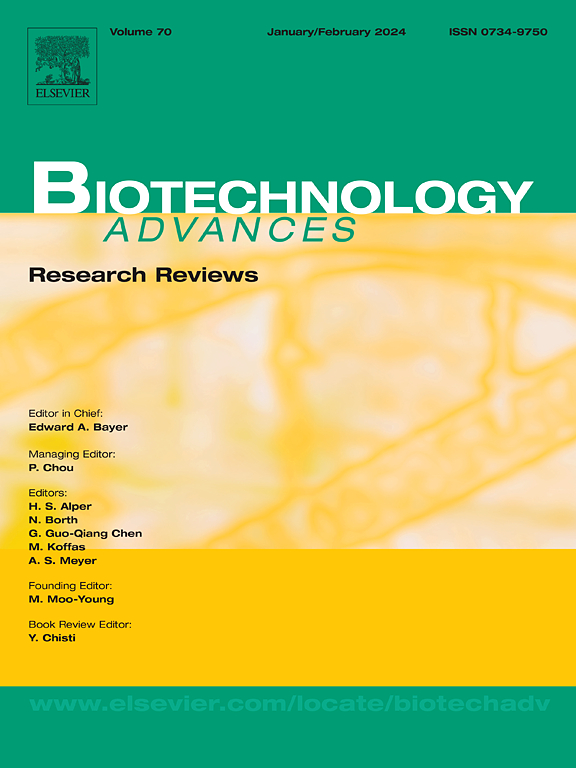Modelling challenges to unlock the power of phototrophic systems for wastewater valorization
IF 12.5
1区 工程技术
Q1 BIOTECHNOLOGY & APPLIED MICROBIOLOGY
引用次数: 0
Abstract
Phototrophic microorganisms are gaining prominence for their dual role in wastewater treatment and resource recovery, converting wastewater into valuable bioproducts. However, their effective deployment needs robust modelling frameworks capable of predicting performance across complex, real-world scenarios. Despite significant advances, key challenges hinder the development and application of such models:
- ●Biological complexity: phototrophic systems involve intricate processes (e.g., photosynthesis, nutrient uptake, microbial interactions, and predation) that are difficult to represent accurately due to their dynamic interdependencies.
- ●Environmental variability: permanent fluctuations in light, temperature, pH, and toxic compounds in outdoor reactors require high-resolution dynamic data for reliable model calibration and prediction.
- ●Data limitations: lack of comprehensive, high-quality datasets (e.g., biological, environmental, and operational conditions) constrains model development, particularly for data-driven approaches.
- ●Multi-scale integration: bridging molecular, cellular, and ecosystem-level processes into a unified modelling framework, including physics, remains a significant hurdle.
- ●Parameter and uncertainty management: models often suffer from non-identifiable parameters, sensitivity to approximations, and insufficient validation against long-term experimental data.
- ●Balancing complexity and applicability: selecting the appropriate level of ecological and mathematical details, tailored to specific applications (e.g., biomass production and nutrient removal) and data availability is critical yet challenging.
- ●Computational and interdisciplinary barriers: high computational costs, especially for hybrid and data-driven models, alongside the need for cross-disciplinary collaboration, further complicate model development.
- ●To overcome these barriers, this work argues for standardized protocols in model design, calibration and validation, alongside enhanced data collection and reconciliation efforts. Integrating innovative approaches, such as metabolic modelling, machine learning and hybrid modelling into digital twins, will be essential to unlock the full potential of phototrophic systems, bridging the gap between theoretical models and industrial implementation.

模拟挑战,以解锁光养系统对废水增值的力量。
光养微生物因其在废水处理和资源回收中的双重作用而日益受到重视,它们将废水转化为有价值的生物产品。然而,它们的有效部署需要健壮的建模框架,能够预测复杂的真实场景中的性能。尽管取得了重大进展,但主要挑战阻碍了这些模型的开发和应用。
本文章由计算机程序翻译,如有差异,请以英文原文为准。
求助全文
约1分钟内获得全文
求助全文
来源期刊

Biotechnology advances
工程技术-生物工程与应用微生物
CiteScore
25.50
自引率
2.50%
发文量
167
审稿时长
37 days
期刊介绍:
Biotechnology Advances is a comprehensive review journal that covers all aspects of the multidisciplinary field of biotechnology. The journal focuses on biotechnology principles and their applications in various industries, agriculture, medicine, environmental concerns, and regulatory issues. It publishes authoritative articles that highlight current developments and future trends in the field of biotechnology. The journal invites submissions of manuscripts that are relevant and appropriate. It targets a wide audience, including scientists, engineers, students, instructors, researchers, practitioners, managers, governments, and other stakeholders in the field. Additionally, special issues are published based on selected presentations from recent relevant conferences in collaboration with the organizations hosting those conferences.
 求助内容:
求助内容: 应助结果提醒方式:
应助结果提醒方式:


